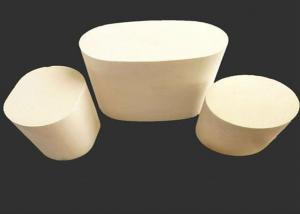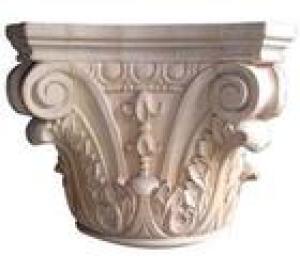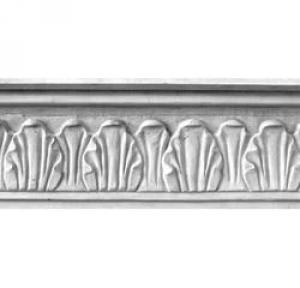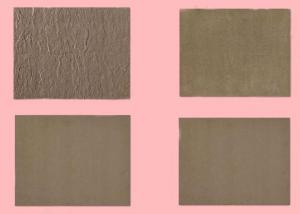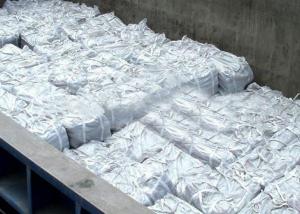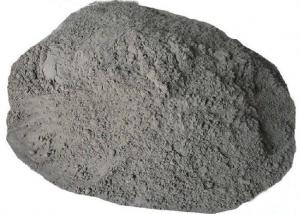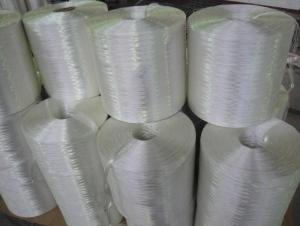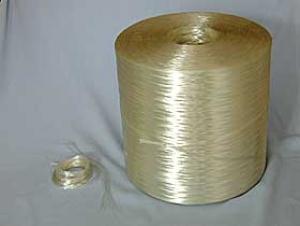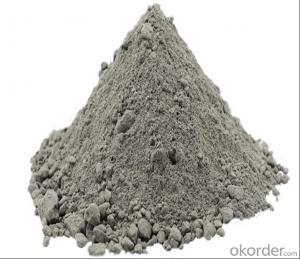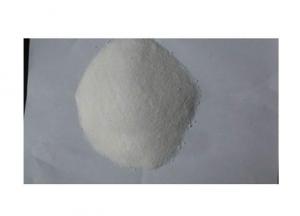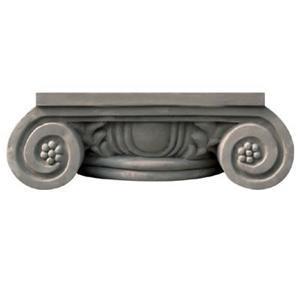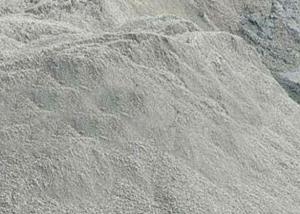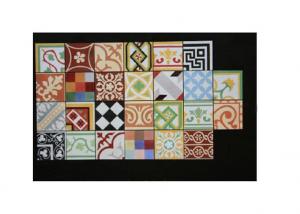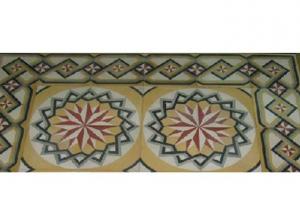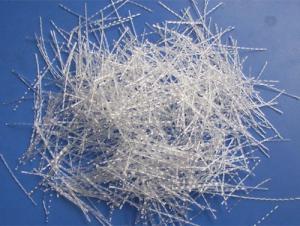New Ceramic Honeycomb Catalytic Converter
- Loading Port:
- China Main Port
- Payment Terms:
- TT or LC
- Min Order Qty:
- 1 Ton m.t.
- Supply Capability:
- 5000 Tons per Month m.t./month
OKorder Service Pledge
OKorder Financial Service
You Might Also Like
1.Large specific surface area.
2.Good thermal conductivity.
3.For automobile,motorcycle.
Detailed Descriptions:
Honeycomb ceramic is a new developed porous industrial ceramic. As heat storage body, it has the properties of corrosion resistances, large specific surface area, small heat resistance, good thermal conductivity and excellant thermal-shock resistance performance, realize quickly exchanging heat and reducing energy, widely used in the industrial field. The honeycomb ceramic as the heat exchange media is the key part for heat storaging HTAC ( High Temperature Air Combustion) technology. It is the best choice for RTO, heat exchanger and other environmental protection and energy saving products.
The honeycomb ceramic used as catalyst carrier (used in vehicle):
Used as catalytic converters of gasoline engines, the honeycomb ceramic catalyst substrates are coated by catalyst. At the same time, we improve the specific surface areas and cut down the heat capacity to increase the catalytic function. When the noxious emissions pass through, HC, CO and NOX will be converted into harmless components.
Main Features:
1. High specific surface area: ensure exhaust gas could contact weigh catalyst enough.
2.Stable water absorption: guarantee catalyst could be firmly and evenly coated on the surface of substrate, so it's no waste to the thick coating.
3. We can provide honeycomb ceramic substrate coated and non-coated with noble metal.
4. We can produce the honeycomb ceramic series with different shapes and sizes according to customers’ requirements.
Technical Data:
Channel density | Shape | Dimensin (mm) |
400cells/square inch2 | Round | Φ150 x100 |
Φ144 x152.4 | ||
Φ118 x152.4 | ||
Φ115.4 x152.4 | ||
Φ106 x100.4 | ||
Φ103x100 | ||
Φ101.6x152.4 | ||
Φ100x100 | ||
Φ93 x152.4 | ||
Φ83 x152.4 | ||
Φ80x100 | ||
Φ76x50 | ||
Φ41x25 | ||
Racetrack shape(ellipse) | Φ169 X 85.7 x115 | |
Φ169 X 80.8x115 | ||
Φ148 X 84x152.4 | ||
Φ144.8 X 81.3 x152.4 | ||
Φ127 X 63.5x152.4 | ||
Φ93 X 61x90 | ||
Φ120 .6X 80 x152.4 | ||
Φ143 X 98x152.4 | ||
Φ147 X 95x152.4 | ||
Φ177.8 X114.3x170 | ||
Special shape | 144x84x75 | |
114x105x115 | ||
120.2x108.2x75 | ||
112.2x92x115 | ||
119.5x99.5x115 | ||
122.3x104.4x80 |
Note:
1. There are 300 cells, 400 cells and 600 cells per square inch.
2. All the data is only for reference, specific sizes and hole shapes are according to customers' requirements.
- Q: what is r.h cement & what is the grade of it?
- For Rapid Hardening Cement ,grading is similar to O.P. cement(ordinary Portland cement) is M15,M20 is same. only initial final setting time is less.Strength of 28 days is considered for testing /Mix Designing.
- Q: What is the formula of cement?
- Unfortunately, there is no easy answer to this question, as there are many different types of cement that vary in the compounds they consist of. But, as an example, here's a breakdown of the chemical formulas used in portland cement. It consists of five compounds as listed below. 50% - Tricalcium silicate - Ca3SiO5 or 3CaO.SiO2 25% - Dicalcium silicate - Ca2SiO4 or 2CaO.SiO2 10% - Tricalcium aluminate - Ca3Al2O6 or 3CaO .Al2O3 10% - Tetracalcium aluminoferrite - Ca4Al2Fe2O10 or 4CaO.Al2O3.Fe2O3 5% - Gypsum - CaSO4.2H2O Hope this gets you started. Good luck.
- Q: We have a balcony, and would like to turn in into a patio.The rain get on which is fine, but there are some parts of the balcony that is a little low, causing a puddle.We bought black roof cement to fill it up but at times it soft.What do I do to keep it hard and dry? Or am I buying the wrong product?
- Are you planning on putting something over the roof? Pavers, wood decking, etc. If not, be careful, most roofing materials are not made to handle frequent foot traffic. Should you decide to put something over it, make sure the framing can handle the additional load.
- Q: i am making a disc golf course tee for my boy scout eagle project. i know a little about cement, but for anyone who knows a lot about cement construction, can you explain this...i need to make a rectangular and circular tee(which is a cement platform where one would stand while throwing a disc). the circle has a diameter of 11ft and rectangle is 11x9. I will be building it on dirt, which is level. I think i will need to dig a hole in the ground in the shape i want. then i have some gravel to put in. then cement in the hole. anyone know how much gravel, or if any, i should put in before i lay in the cement in the hole? thanks people!
- gravel will help prevent the ground underneath your platform from eroding away. 4 inches of gravel should work for you project. If you really want to try and keep the cracking and shifting to a minimum you should dig a could of piers or post holes below the frost line in your area (normally pretty deep) then pour the concrete mix in to add stability.
- Q: im retieling my bathroom floor some of the old cement board is coming but not all of it .Can i just put a layer of thin set over it and then build up where i did get the cement board off?
- Sure - you could do a hole-patching with thinset - you might put in a little fiberglass mesh too. I can't imagine why that wouldn't work just fine.
- Q: We are in the middle of a kitchen remodel. We removed the old linoleum floors and there are wood planks that run north to south. Currently, this layer is flush with our living room wood floors. From the basement, you can see that there are boards that run west to east where the kitchen is.My question is, if I remove the wood planks that run north to south, can I put down a layer of cement board and just start tiling over the west to east boards? Will the weight be a structural issue? I would leave the north to south boards, but I'm worried about a tripping hazard being presented when I put down cement board, grout, and 1/2quot; tile (would probably be 1quot; all together). Trying to stay away from ramps, also. Thanks.
- Are you saying there's 2 layers of boards on top of the floor joists? If yes then removing the top layer would be the way to go if the bottom sub-floor layer is strong enough to not be springy under concentrated loads or if you can beef it up by installing bridging underneath between the joists. If the sub-floor is the only layer then you'd not want to remove that since the structural integrity of the house would be affected and the cement board wouldn't be properly supported.
- Q: How many 80 lbs bags of cement to do a 12 ft by 8 inch wall?
- You're missing a dimension... 8 ft. thick by 12 ft. long by (?) ft. tall? Volume requires 3 dimensions. Edit: Based on your inability to comprehend the basic spatial nature of our universe, I recommend that you never work with concrete... You'll probably hurt yourself.
- Q: I am building a shower an i have don all the plumbing and have put down my pvc 40 mil liner. I do not know what cement to use and how to mix it for my pan so I can lay my till.
- first you need to ensure you have a tile-in shower drain installed, it is made up ofrom 3 pcs. only install lower section first,has 4 bolts atatching it. Ensure fin el. of drain flange will match tile... now using appr 5 bags of PRE-MIX concrete (60#) mix with water to plastic consistancy. Lay concrete over a layer of bldg paper if installing oupon a wooden subfloor or directly on slab floor. do not place mud on drain flange yet...allow app 1/4 per ft slope toward drain. turn up parimeter appr 4 or equal to curb height @ entrance When concrete set place rubber pan liner over entire shower floor, incl drain flange, and cut large enough to run app 8 up on all walls over entrace curb. Fold Slice inside corners to fit appliing PVC Cement to all mating surfaces, attach top edges to wall studs with gal roofing nails as needed. Now cut out liner that is blocking drain flange weep holes leeving enough material to be pinched between upper lower halves. bolt upper section on now. Make sure you block drain to prevent debri from falling in. A 2 test plug does best. Mark a level line @ the same level as curb if floor tile different from wall. Drywall screws lightly screwed into studs work well. very important to tile job that it is level all the wal around... Now using appr 3-4 bags of Pre-Mix Morter ( 60#) mixed with only enough water to dampen the mix (called Dry set) spread appr 1 1/2 bed of dryset over liner Allow room for thinset morter tile thickness. Tamp dryset with a swimming pool trowel (round ends) by slapping mud aggressively and smoothto proper grading towards drain. Very Important to get surface slope as uniform as possible, without any ridges or lumps which will interfere with drainage and can cause tile to set irregularly.
- Q: Ask the master I want to open our rural street. Inside to open a shop to invest in the 4W or so I saw the bank 2 hotels 3 Internet cafes 1 steel building materials 1 cement shop 2 hardware building materials 5 to 7. Once the edge of the valley Yao ordered the super-quasi-clothing shop 10 to 15 small supermarkets 10 to 15 food market a large part of the wholesale is 20 minutes every 20 minutes a small bus into the population of about .000 labor force daily wage of 100 To 120 small clothing processing shop in more than 30 per capita consumption of about 2000 per month, "every street .. Township Road," consult experts advice now that I opened a shop what Thank you Thank you more
- Barber shop, beauty shop you did not mention, or you consider
- Q: How to start a cement factory?
- Are you talking about a plant that supplies bags of cement mix like you'd buy at Home Depot, or a plant where you fill the cement mixer trucks and they go out and pour the stuff into whatever? Either way, the easiest way might be to find a defunct one and reopen it.
1. Manufacturer Overview
| Location | Shandong,China (Mainland) |
| Year Established | 2011 |
| Annual Output Value | US$10 Million - US$50 Million |
| Main Markets | North America; South America; Eastern Europe; Southeast Asia; Africa; Oceania; Mid East; Eastern Asia; Western Europe; Central America; Northern Europe; Southern Europe; South Asia |
| Company Certifications | ISO 9001:2000;CE |
2. Manufacturer Certificates
| a) Certification Name | |
| Range | |
| Reference | |
| Validity Period |
3. Manufacturer Capability
| a) Trade Capacity | |
| Nearest Port | Qingdao PORT, Yantai port, Shanghai port |
| Export Percentage | 91% - 100% |
| No.of Employees in Trade Department | Above 50 People |
| Language Spoken: | English, Chinese, Spanish, Japanese, Portuguese, German, Arabic, French, Russian, Korean, Hindi, Italian |
| b) Factory Information | |
| Factory Size: | 1,000-3,000 square meters |
| No. of Production Lines | 10 |
| Contract Manufacturing | OEM Service Offered |
| Product Price Range | High and/or Average |
Send your message to us
New Ceramic Honeycomb Catalytic Converter
- Loading Port:
- China Main Port
- Payment Terms:
- TT or LC
- Min Order Qty:
- 1 Ton m.t.
- Supply Capability:
- 5000 Tons per Month m.t./month
OKorder Service Pledge
OKorder Financial Service
Similar products
Hot products
Hot Searches
Related keywords
